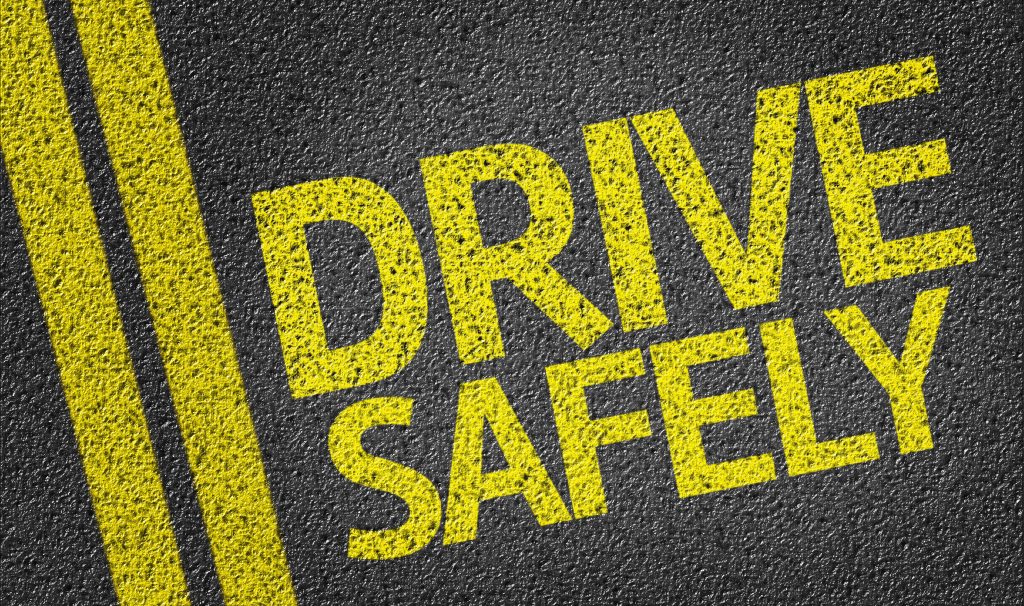License Restriction

License Restriction
Licence restrictions (G1, G2)
Many people dream of the freedom they will have when they finally get a driver’s license. However, new drivers need time to learn the rules of the road and to become accustomed to the way traffic works. In Ontario, the first two stages of the licensing process have important restrictions designed to help new drivers gain the skills they need and to be safe on the road.
G1 Restrictions

A G1 license allows new drivers to operate a vehicle if a fully licensed driver is in the front passenger’s seat. That driver must have had a full Class G license for at least four years and have a blood alcohol content below 0.05%, or 0% for accompanying drivers under the age of 21. That way, the second driver can take over the driving if necessary.
The Government of Ontario’s website notes that the four-year requirement for the accompanying driver can include time when the driver was at the G2 level; although the second driver’s license can have demerit points, it must not be have been suspended during that time.
Additional regulations govern the G1 license. As the Ontario.ca website states, everyone in the vehicle must have a working seatbelt. Although this applies to drivers at any level of experience, it is especially important for beginning drivers to remember. If a seatbelt is not working, drivers must also remind passengers not to sit in that spot.
Purpose of the G1 License
The purpose of the G1 license is to allow new drivers to gain skills slowly in relatively low-stress conditions. Regular city streets can be stressful for new drivers, but high-speed freeways can be even worse. Because of that, G1 drivers are not allowed to drive on highways with a speed limit of more than 80 kilometres per hour. This includes roads in what is called the 400 series.

In addition, beginning drivers are not allowed to drive on highways such as the Gardiner Expressway or Queen Elizabeth Way around Toronto, or a road such as the Conestoga Parkway near Kitchener-Waterloo. The only exception to that rule is when the person in the front passenger seat is a driving instructor. A further restriction is that drivers with a G1 license are not allowed to drive between midnight and 5 a.m.
Before attempting the road test for the G2 license, new drivers should try to get as much knowledge and experience as they can to be able to handle almost any situation that comes their way. Lessons can help reduce the amount of time it takes for this stage, but it is still important to get additional practice. After passing the road test, drivers receive a G2 license, which comes with fewer restrictions, although drivers should still be careful to obey the regulations.
G2 Restrictions
Restrictions at the G2 level depend on the age of the driver. A second driver in the front passenger’s seat is no longer required, but a fully licensed driver next to the learner allows more freedom for the driver. Without the accompanying driver, for the first six months, G2 drivers aged 19 and under can carry only one passenger who is also 19 or under. After that, unless the driver has turned 20, the limit is three passengers under the age of 20, except in the case of family members, such as younger siblings.
For G2 drivers who are at least twenty years old, many of these restrictions no longer apply, and they can drive at any time of the day or night with any passengers they wish, as long as each person has a functioning seatbelt. However, they must still completely abstain from drinking alcohol if they intend to drive. As at any other point in the process, drivers are restricted to Class G vehicles, which includes cars, vans, and small trucks or a combination of one of these three vehicles with a trailer, as long as the total weight is no more than 11,000 kilograms.

Reasons for the Restrictions

Some of these restrictions may seem random at times, but they have a purpose. For example, the ban on alcohol highlights the importance of maintaining good attention and judgement on the road. According to MADD Canada’s “ABCs of BACs,” even a blood alcohol level of .02 can impair judgement and limit a driver’s ability to perform two tasks at the same time. Whether for experienced or inexperienced drivers, an inability to make good decisions on the road could lead to serious consequences.
Similarly, the ban on driving between midnight and 5 a.m. works on the assumption that fatigue can be as deadly for drivers as any other impairment. In the hours when most people are normally asleep, young drivers need to be sure of getting their rest. As the Traffic Injury Research Foundation states on its website, police in Ontario estimate that over twenty percent of all crashes involving fatalities or injuries in that province are related to fatigue. Since most people are tired at night, a ban on driving at that time makes sense. In addition, as many roads are quiet or even deserted at night, drivers may be unable to get help in the event of an emergency.
Restrictions on passengers can help drivers focus on the task of operating a vehicle rather than looking after other people in the passengers’ seats. Although a younger passenger is not inevitably louder or more disruptive than an older one, maturity tends to bring the ability to stay calm and quiet when necessary. Similarly, the other restrictions have a purpose of reducing outside distractions and other issues while drivers are learning and perfecting their skills.
The restrictions of the G1 and G2 license classes can be difficult to adhere to, especially for people who are eager to be able to get out onto the road and experience the thrill of operating a vehicle. Still, following them can help new drivers take the time they need to learn new skills for safe driving in any situation they encounter.
